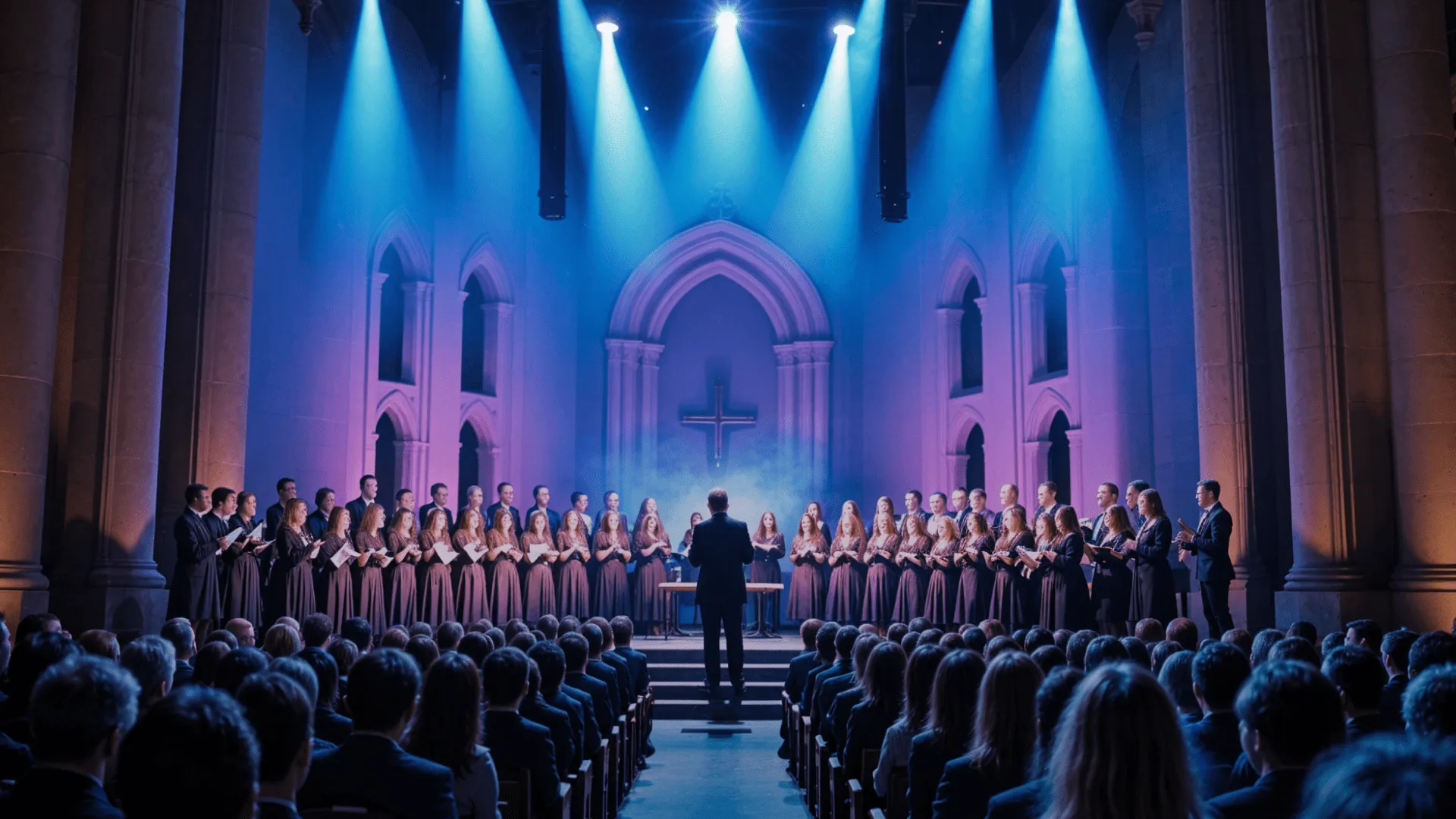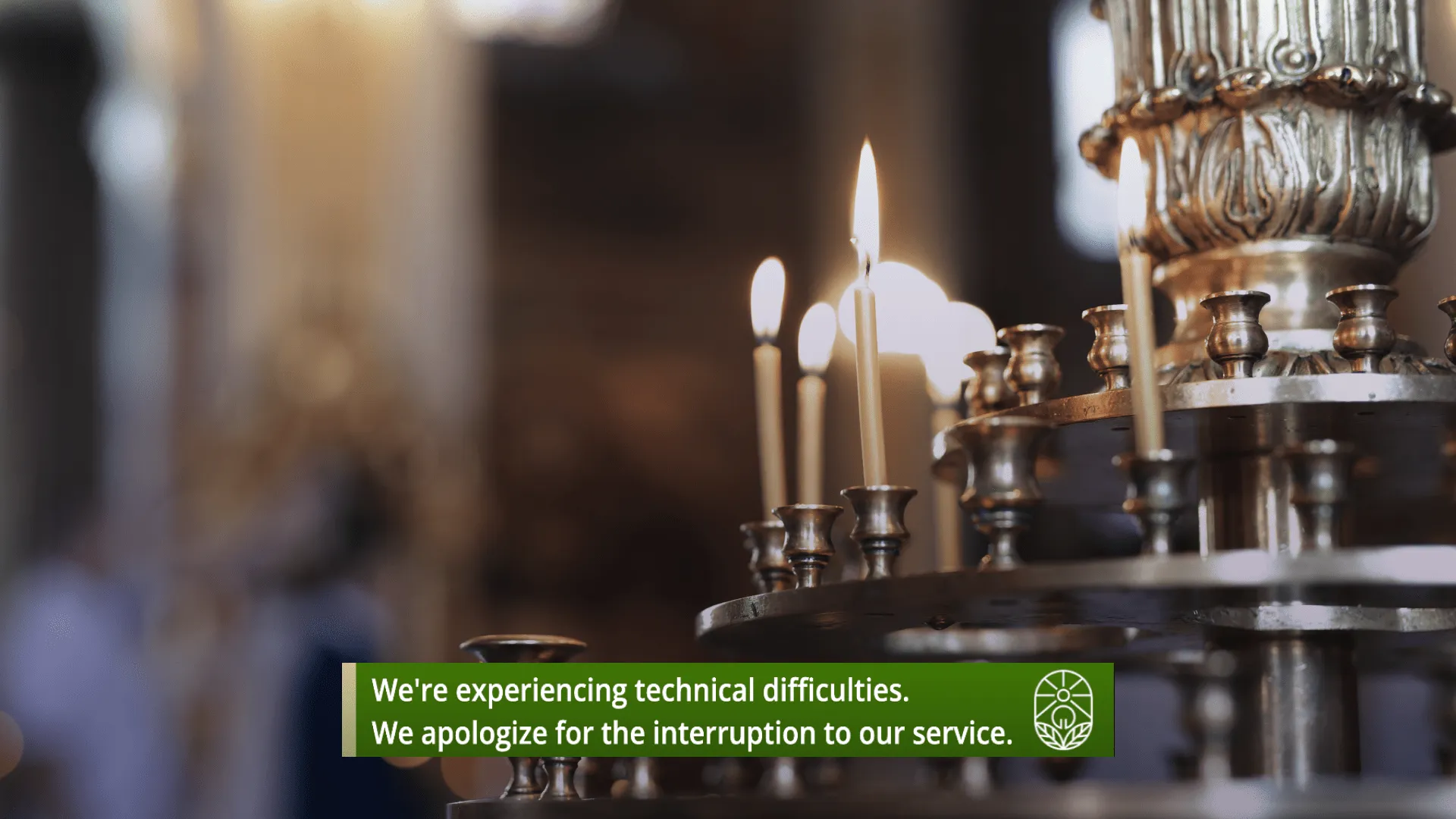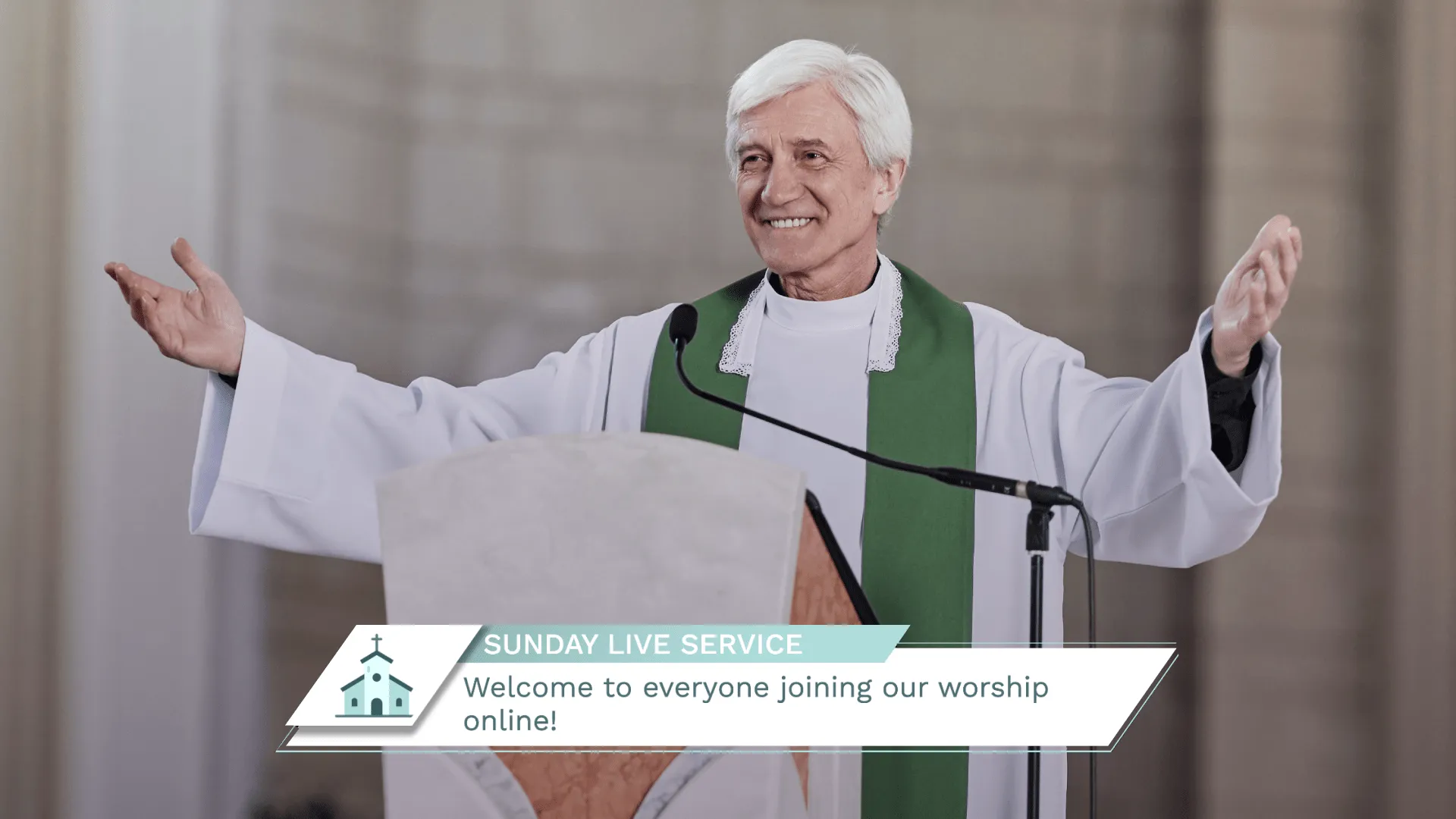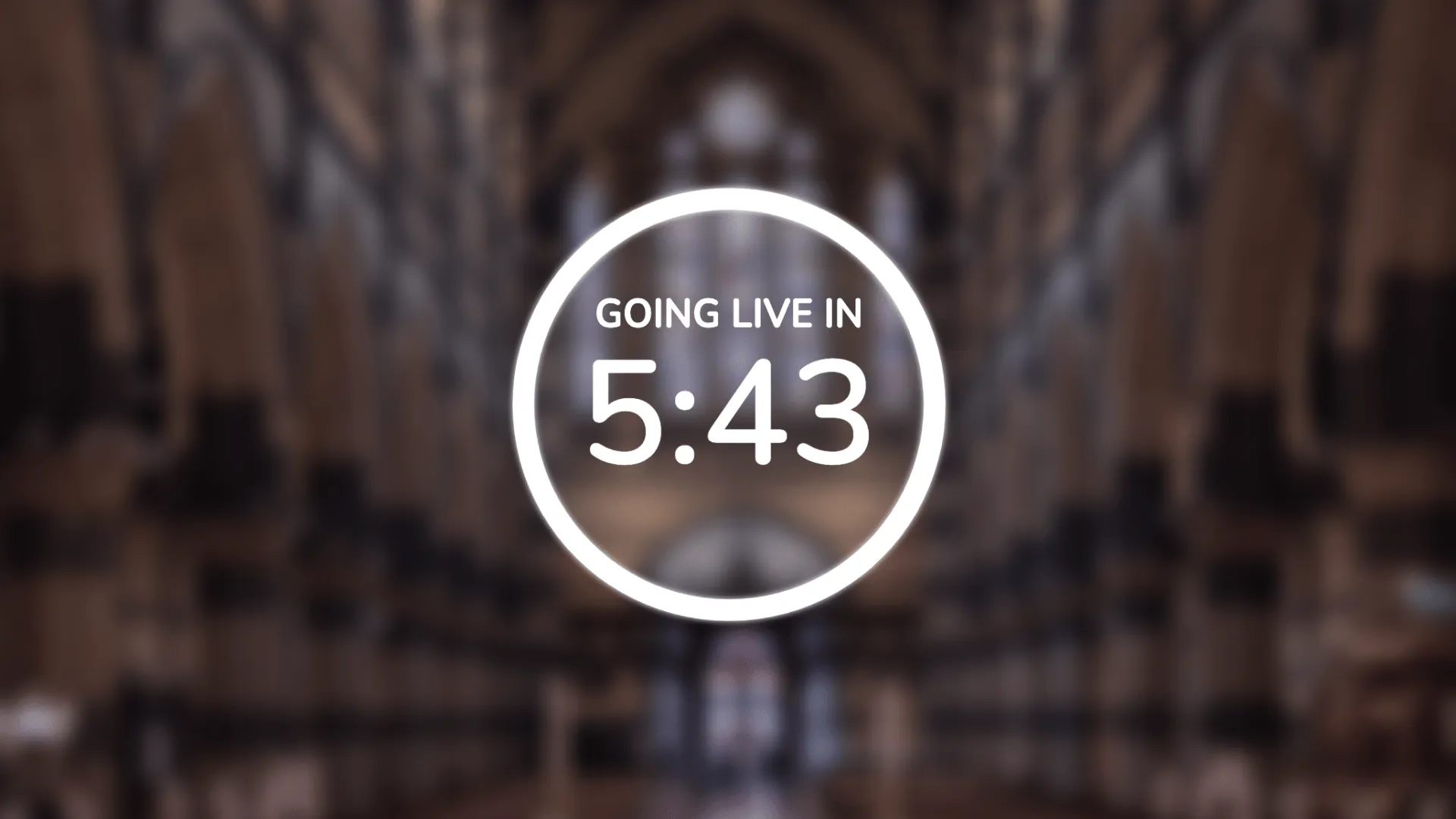Sign up for uno
Language
Church live streaming reaches people who have constraints like travel, illness, or disabilities, and includes them in the service. The best way to live stream church services is to improve their viewing experience, so that their community feels even closer to their worship.
There are some basic building blocks in learning how to livestream a church service before you start implementing any of the tips in this blog. You’ll need to set up your streaming platforms, get comfortable with your chosen streaming software, and learn how to manage several sources at once comfortably.
During this time, the obstacles and issues you face – like broken mics, internet connectivity, background noise – will help you decide the areas you need to improve on.
If you have been live streaming from your phone, consider investing in high-quality cameras – especially for close-ups. Consider whether you have enough cameras to capture the most important aspects of the service. If, for example, your Sunday service involves a choir, organist, soloist, and full band, two cameras might not be enough.
For positioning, use a wide shot to show the whole venue or to film the full choir. Use a full shot to capture a person’s body from head to toe, and follow them if they move up and down the stage. For more intimate moments of prayer, use a medium shot from the waist up, connecting viewers to your pastors, priests, speakers and worship leaders. You can also add shots of the congregation to build atmosphere.

A good live stream also depends on good audio. If you have the budget for it, upgrade to a higher quality microphone, especially if your church live stream involves music. Adding ambient mics can also add richness and depth to the live stream, bringing online members into the space.
Cameras require a lot more lighting than the naked eye – especially in the relatively dark interiors of houses of worship. The most important thing is to invest in front wash, creating good, soft, white lighting that clearly illuminates the people on stage. If you want more dimension, add a colored backlight that outlines the body.

You might also want to give the areas captured during your live stream a makeover. Start by organizing your pulpit, altar, lectern, and stage to eliminate things like water bottles, cables, or boom mic stands that might distract viewers.
A key part in how to live stream church services better is to learn from past problems. Look for better ways to manage cabling and connectivity. For example, you may want to use NDI or network sources instead of capture cards, and use ethernet cables. If you are adding more microphones to the mix, you may also want an audio mixer to manage your audio input.

Always perform a dry run of more complicated setups. Automate and pre-schedule anything you can, so that when you do run into technical problems, you can devote more attention to resolving them.
Houses of worship host a range of important community events, from youth nights to weddings. For several of these important moments, there will be friends and family who cannot join due to time or distance. Bring those members of your congregation closer by offering to live stream those sessions too.
You can increase attendance by publicizing your streaming schedule, and adding links to the live stream on your official website and social media accounts. Once the church live stream begins, remember to also extend a warm welcome to those joining online.

Assign a volunteer or staff member to monitor and engage with the live chat section. Encourage people to ask questions and engage with one another. You should also add closed captioning to make your church live stream accessible to viewers with hearing impairments.
Overlays designed for houses of worship can be used throughout the service to add production value, while keeping your congregation informed – all without interrupting the flow of your service.
Highlight talking points, share upcoming events, remind people of online giving, and introduce the main themes of a sermon. If you have important posters and announcements that are usually pinned to your physical noticeboard, consider delivering those same messages to people joining online.
Another important factor in deciding how to stream church services live is to consider adding more scenes to your church live stream. Creating different scenes enriches your visual narrative, and helps people transition in and out of a space of worship. Give online worshippers time to settle in by adding a Starting Soon scene, and include on-screen text at the end to thank them for tuning in.

Ultimately, the best live stream setup for church services will depend on the size of your house of worship, the structure of your service, and your budget. However, if you’re looking for more advice on finding the best way to live stream your church service, join our Discord community today.